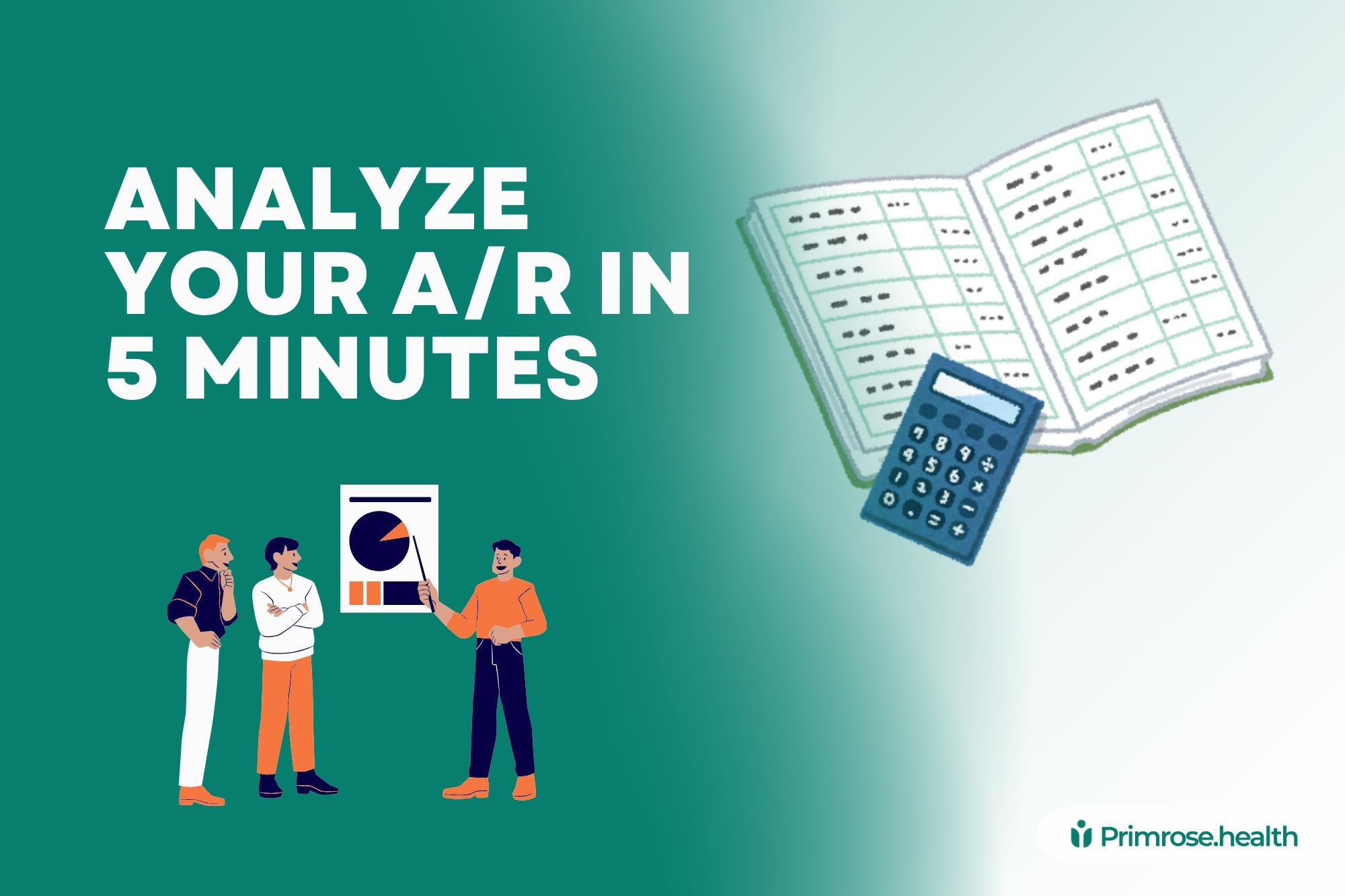The accounts receivable (A/R) maintain a positive cash flow for your healthcare practice. Analyzing and tracking your A/R means ensuring the liquidity of your healthcare business all the time. Sales are good, but the concrete cash flows matter more.
The A/R will state how your business is performing in terms of payment collection and revenue generation. Therefore, It’s essential to know how A/R can be analyzed. Automation through billing software will make your life easier and help you focus on the core activities. While billing software is the best method to manage A/R, your business isn’t entirely out of water. Let’s discuss how a physician can analyze their A/R successfully and find any discrepancies.
Objectives of A/R Analysis
The primary aim of A/R analysis is to find any discrepancies and solve them. Consider these additional objectives of A/R analysis:
- Understand the patient base and create strategies to improve relations
- Identify red flags in A/R process and make changes to boost efficiency
- Finding ways to encourage patients to clear their dues
A/R Analysis Process
If you are seeing some red flags in your receivables, the next step is to do the first level of analysis to validate your hunch. The analysis process depends on who is doing your billing.
- In-House Biller: If your biller is an employee, you can pull the reports yourself.
- Billing company: If you use an outside billing company, ask them for these two reports in Microsoft Excel or CSV format.
Monthly Collection Report
Let’s say you run a preventative care and well service. Even though your practice is growing, you’re concerned about the recent revenue decline. Here’s a sample report that shows the total collection for the past month and should include all patient and insurance payments.
| Name | Provider | Service | CPT | Ins Paid | Pt Paid |
|---|---|---|---|---|---|
| Patient A | XYZ | 8/23/23 | 99214 | $50 | $75 |
| Patient B | XYZ | 8/24/23 | 99213 | $30 | $20 |
| Patient C | XYZ | 8/25/23 | 99205 | $60 | $100 |
Above table indicates a discrepancy in the monthly collection report. The insurance payment remained consistent, but the patient payment decreased. Upon reviewing the in-house billing department, you may find out that they aren’t sending patient reminders timely, leading to delayed payments. Implement a more proactive approach to patient billing to address this issue.
Current A/R Report
This report should show the current A/R, broken down by aging into 30-day buckets:
| Name | Provider | Service | CPT | Billed | Ins Paid | Pt Paid | Adjust | Balance |
| Patient A | XYZ | 8/23/23 | 99214 | $1200 | $800 | $100 | $900 | $300 |
| Patient B | XYZ | 8/24/23 | 99205 | $900 | $600 | $100 | $700 | $200 |
| Patient C | XYZ | 8/25/23 | 99231 | $300 | $200 | $50 | $250 | $50 |
Analysis of the current A/R report table reveals a few key insights:
- The balance column indicates that Patient A has an outstanding balance of $300, Patient B has an outstanding balance of $200, and Patient C has an outstanding balance of $50.
- Insurance reimbursements are consistent.
- Some patients contribute more than others.
Pull Data from Billing Software
The best A/R analysis can be performed through billing software. If you have access to billing software, run a billing report for a 12-month period with a start date going back 16 months through today and export the data in Excel or CSV format. This report should show you the following data for the claims
- Date of service
- Amount billed
- Payment received
- Insurance balance
- Patient balance.
You don’t need to chase the latest data or lose your patient’s contact information when you have access to a billing software for your healthcare practice. The aging schedule will help you know how many days have passed since you have generated the invoice.
